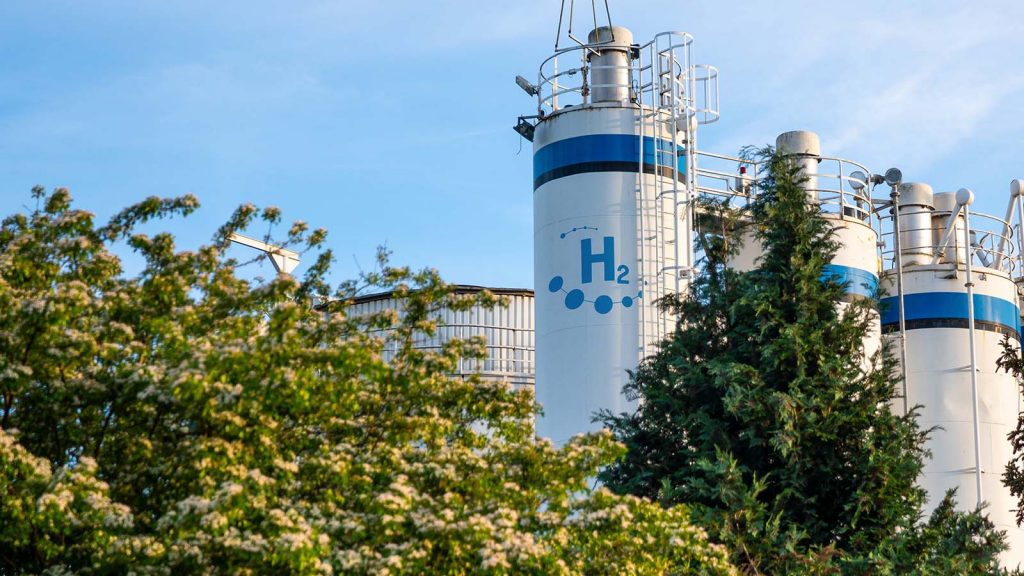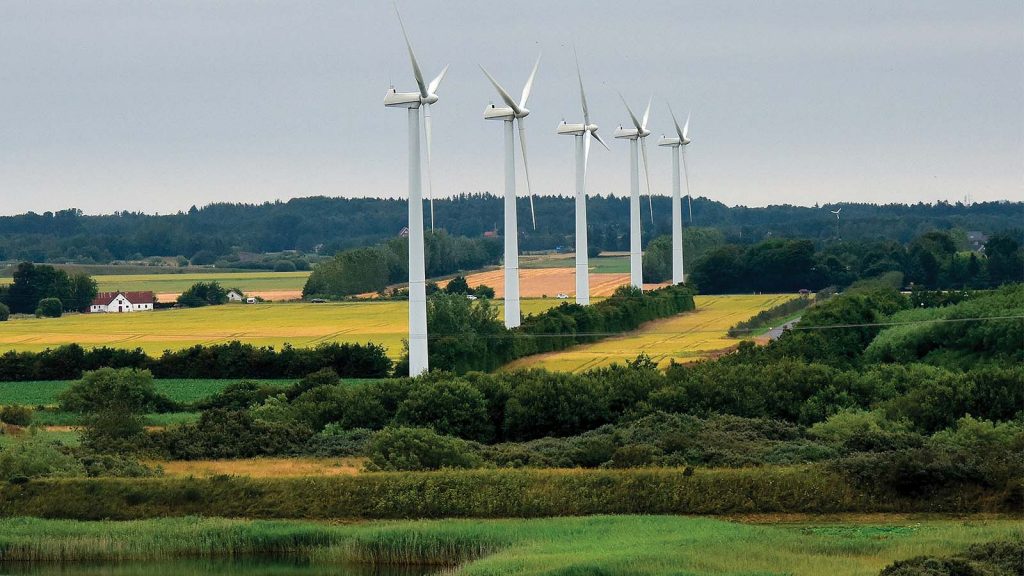
Fusion energy: revolution in the energy sector?
Fusion energy stands on the brink of revolutionising the energy sector, offering the promise of an almost limitless, clean, and stable power source. Recent breakthroughs have brought us closer than ever, with successful proof-of-concept trials and the operation of early reactors. Despite being in the early development stages, these advancements indicate the potential for a pivotal impact on the energy market in Europe. Successfully harnessing fusion energy could sustainably address our energy needs and revolutionise the energy sector.
The challenges of the energy supply in Europe
The decarbonisation of industry and mobility sectors following The European Green Deal increases the electricity demand and accelerates the energy transition of the production landscape. In 2023, the European Union’s electricity production comprised 39.4% renewables, 21.9% nuclear fission, and 38.7% fossil energies.1 To ensure a stable and competitive energy supply without fossil energy sources, substantial investments in energy infrastructure are essential. Relying solely on renewables is insufficient to address production fluctuations, given their dependence on weather conditions and storage capabilities. The energy sector thus faces a crucial strategic challenge: identifying a continuous, cost-effective, and carbon-free energy solution to meet future demands.
What are the implications of fusion technology on power plants and the production landscape?
Fusion technology plays a vital role in revolutionising the energy landscape with its unparalleled capability to generate vast amounts of electricity irrespective of weather conditions or extensive storage requirements. Fusion power consistently supports the base load in the electrical grid, ensuring a stable and continuous electricity supply. This attribute is crucial for addressing the intermittent nature of renewable energy sources, thereby enhancing the overall flexibility and reliability of energy production. With the current global expansion rate of renewable energies of around 3.3 PWh per decade, the EU’s goal to reach climate neutrality by 2050 is in danger. The 13 PWh from fossil sources required by 2050 could be replaced by the forecast capacity of 19 PWh from fusion energy.2 Furthermore, the strategic placement of fusion reactors at existing coal or nuclear fission sites can leverage existing infrastructure, reducing transition costs and expediting deployment. By integrating fusion technology, the energy sector may steer towards a robust, cost-effective, and carbon-free future, addressing the pressing strategic challenges of modern energy supply.
Which business partners and products will be decisive for energy providers in the future?
Energy providers will need to rely on specific collaborators, resources, and components to establish and operate fusion energy reactors. For instance, they will require a constant supply of deuterium and tritium, the two atoms that merge during the energy generation process. Energy providers will also seek partners for material recycling and radioactive waste management. Furthermore, they will show increased interest in upcoming technological advancements and the enhanced economic effectiveness of fusion technology. To continuously advance technologically, energy providers will furthermore double down on cooperation with high-tech networks involving universities and start-ups.
The following strategical questions for energy corporations and industrials will be comprehensively examined in the upcoming article series
- Which future requirements should corporations meet to be fit for fusion technology?
How does the future value chain look like? - What is the best future organisational set-up?
How should corporations transform accordingly today? - What is the skill model of the future to keep pace with technological developments?
How can relevant competencies be built up today?
Source
















